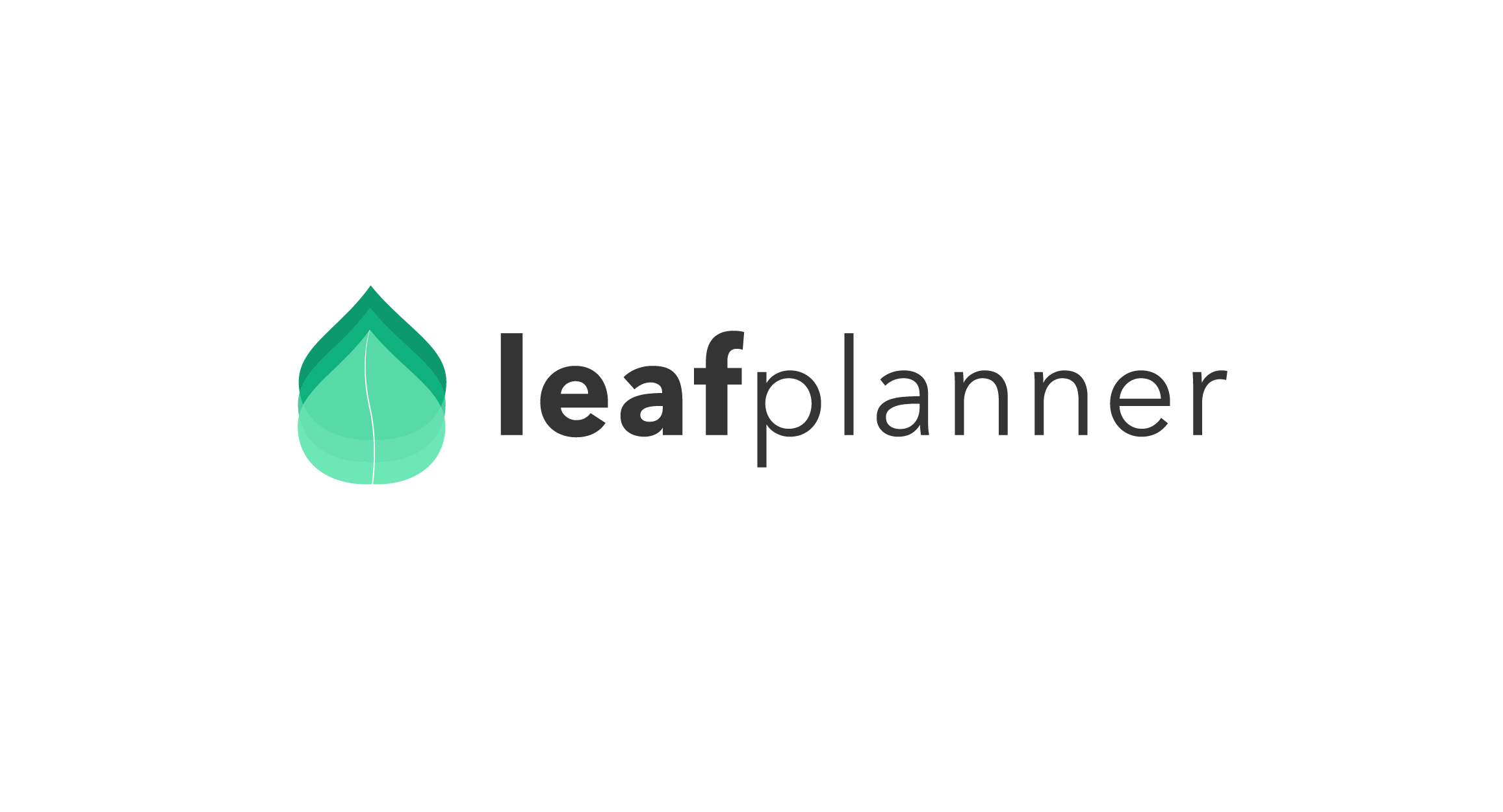Institutional Resilience Through Operational Consolidation: Best Practices for Family Offices

As family offices continue to evolve into highly sophisticated organizations, their operational infrastructure must keep pace with the increasing complexity of wealth management, governance, and intergenerational engagement. While most have invested heavily in financial oversight and legal structuring, succession planning often remains on the to-do list, and many grapple with an often-overlooked vulnerability: fragmented workflows and decentralized information management.
In an environment where continuity, transparency, and decision-making are paramount, consolidating workflows and context into a single operational framework is no longer a matter of convenience—it’s a matter of institutional resilience.
Fragmentation as an Operational Risk
Many family offices, especially those that have developed organically over time—still rely on a decentralized mix of tools and processes, including spreadsheets, email threads, file-sharing platforms, and the personal memories of key individuals. While this patchwork may function in the short term, it introduces real risks over time:
- Loss of institutional knowledge - during personnel turnover or generational transition
- Redundant or missed tasks - due to unclear accountability or poor visibility
- Inefficient decision-making - when critical documents, historical knowledge, or relationships are not easily accessible
- Reduced transparency - that limits engagement and education among family members
As offices become more professionalized, these inefficiencies can compromise long-term effectiveness, governance, and trust—particularly when new generations or outside advisors step in.
The Case for Consolidation
Consolidating workflows and information systems into a centralized, family-facing platform—while preserving flexibility with best-in-class solutions—is an emerging best practice among leading family offices. Done well, this approach strengthens operations in five key areas.
1. Continuity and Institutional Memory
Consolidated systems capture task histories, meeting notes, advisor interactions, and document versions in one place. This creates a durable record of not just what was done, but why, preserving intent and context through transitions. Offices with strong documentation and contextual access are better equipped to onboard new advisors, empower the rising generation, and protect against key-person risk.
2. Informed and Contextual Decision-Making
Family offices rarely make decisions in a vacuum. Whether addressing a philanthropic grant, entity restructure, or family education initiative, understanding prior decisions, related documents, and relevant parties is essential. Systems that surface this context in real time allow offices to act faster and smarter.
3. Operational Efficiency and Accountability
With a centralized workflow, staff and advisors can manage tasks with greater clarity and efficiency. Dependencies, assignments, and deadlines are visible. Overlap and duplication are reduced. And when a task is delayed, it’s easier to identify the root cause, which improves overall office performance and service levels for the family.
4. Transparency for Family Engagement and Education
One of the strategic imperatives for many family offices is preparing the next generation for stewardship. Centralized platforms with role-based access allow younger family members to observe, learn, and participate gradually. Providing selective visibility into task flows, documents, and governance decisions can foster engagement, promote education, and demystify complex structures without compromising security.
5. Advisor Collaboration and Continuity
Trusted advisors, whether legal, tax, philanthropic, or investment,are most effective when operating with full context. Consolidated systems allow advisors to access key documents, history, and family priorities without constantly requesting background materials. This increases their efficiency, improves their counsel, and ensures continuity in the event of team changes.
Characteristics of an Effective Consolidated Platform
A single source of truth for workflows and context is only effective if it meets the unique needs of a family enterprise. Best-in-class systems exhibit several key characteristics:
- Relational Design: Information is connected—not siloed—so that people, entities, documents, decisions, and timelines can be understood in context.
- User-Centric Interfaces: Systems must be intuitive for all stakeholders, from seasoned advisors to family members with varying levels of experience.
- Flexible Access and Permissions: Secure, role-based access ensures that transparency and privacy are balanced in accordance with family governance frameworks.
- Historical Traceability: The ability to trace how and why decisions were made over time supports learning, trust, and long-term alignment.
- Interoperability: Integration with other platforms (financial, legal, calendaring) supports operational flow without redundancy.
Consolidation as a Strategic Imperative
For family offices operating at scale—or aspiring to do so—consolidation is not about centralizing for control. It’s about institutionalizing knowledge, enabling collaboration, and empowering leadership across generations. The future of the family office is not just professional, it is resilient, transparent, and designed for legacy.
As one FOX member put it recently: “We realized the risk wasn’t just in our investments or tax structures—it was in what we didn’t know we were missing day-to-day.”
By taking steps to unify workflows, clarify context, and make information accessible and actionable, family offices strengthen not just their operations but the long-term success of the family enterprise itself.
Final Thought
Operational excellence is no longer just about executing, it’s about preserving legacy, enabling collaboration, and empowering decision-makers. Family offices that centralize workflows and context position themselves to thrive across generations.
Platforms like leafplanner, designed specifically for families of wealth, are part of a broader movement toward intentional operational design—helping family offices unify task management, contextual knowledge, and relational insight in a way that supports both governance and generational engagement.
 |
leafplanner collects, organizes and connects the disparate parts of life in a unique leafplan to serve as a roadmap for a family. By identifying, aggregating, and communicating the intricacies of a family enterprise with family members and advisors, leafplanner enables families to apply a holistic perspective to their communication, decision-making, and education. In addition to identifying blind spots and educating family members and...Learn More |